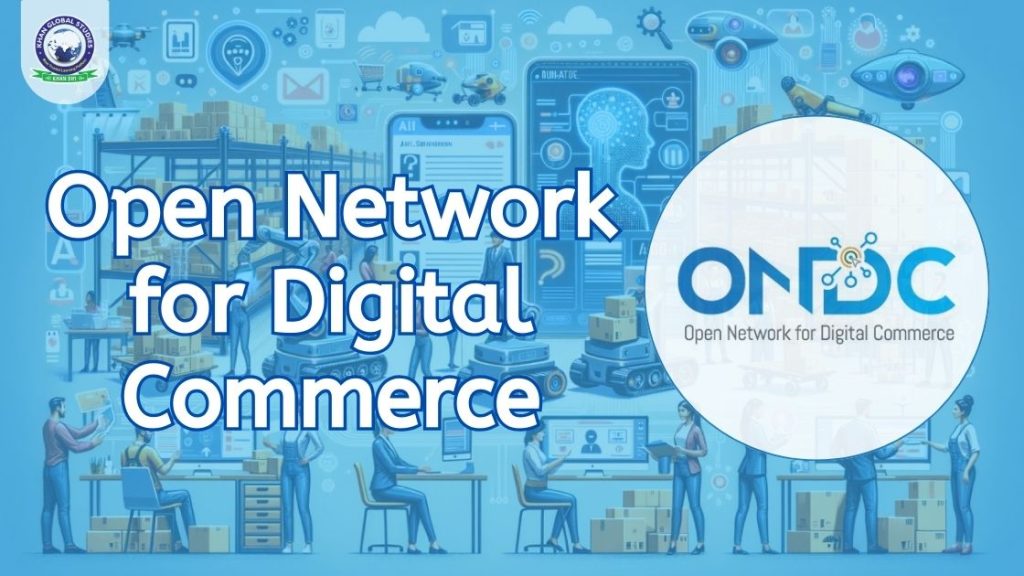Increasing internet usage and consumer demand led to the rapid growth of e-commerce shopping sites in India. Today, the market segment is dominated by a few players, leaving short sellers and traders with less exposure. To democratize the e-commerce sector and benefit the seller ecosystem in India, the government has launched the Open Network for Digital Commerce (ONDC) initiative.
What is an Open Network for Digital Commerce (ONDC)?
ONDC is a non-profit Section 8 company. Implementation of ONDC will help local shop owners across categories like food, mobile, grocery etc. to display their products/services in search results of any app.
The company was founded by the Department for Promotion of Industry and Internal Trade (DPIIT), Government of India, to enable easy access to technologies developed by large e-commerce companies to support small merchants and mom-and-pop stores. Furthermore, the ONDC initiative also aims to promote an open network for sellers to enable the exchange of goods and services over digital networks.
Currently, ONDC has been launched in 5 cities including Bengaluru, Bhopal, Coimbatore, Delhi NCR and Shillong.
What was the reason for the formation of ONDC?
The Government of India launched the ONDC initiative to prevent the monopoly of big players in the e-commerce market and increase access to small merchants. Sellers will get access to a large number of buyers.
With ONDC, the government aims to end predatory pricing (where products are offered at a lower price to eliminate competition and create a barrier to any new entry) in high-margin, high-value products.
How does ONDC work?
Any e-commerce enterprise can obtain membership in the network for free. So, here’s how ONDC works:
- Buyer and Seller Side Applications: To connect buyers to the network, e-commerce needs to create an application or website that will allow consumers to browse products on sale on the ONDC network. To connect sellers to the network, e-commerce needs to create applications that will allow sellers to add their products for sale and accept orders on the ONDC network.
- Gateway: This is the application that will enable search capability. All search requests from buyer-side apps will be broadcast to seller-side apps listed on the network
- Bacon-Protocol Based Adapter Interfaces: Adapter interfaces developed by Bacon are open APIs that will enable the exchange of information from different participants.
Benefits of Open Network Digital Commerce
For Sellers:
- The biggest benefit of ONDC is that it will make the e-commerce segment more inclusive for sellers and accessible to consumers.
- Better Cost Tracking.
- Opportunities to engage in value chain services like order fulfilment, logistics etc.
For Buyers:
- Consumers will be able to choose products from any seller using any compatible platform, increasing freedom of choice.
- Better Service and Faster Delivery of Goods.
- Better Customer Experience.
For the E-Commerce Market:
- This will help standardize functions like inventory management, cataloguing, order management and fulfilment.
- E-commerce will be able to accommodate more MSMEs as well as small vendors across the country.
- The monopoly created by top e-commerce brands will be broken and a more accessible and healthy environment will be created.
- ONDC will also help in improving investment in the e-commerce sector.
Key Takeaways:
Like UPI, ONDC is the new network that will boost and democratize the e-commerce segment in the coming years. It is a beneficial network for small businesses that lack the technical expertise as well as resources to compete with larger players in the market.



